Institutional reform
Because State-owned enterprises account for a much larger share of the economy in Northeast China, the region has retained an administrative system that calls for reforms. The private economy sector is still not developed, and the social sector revolves around the cradle-to-tomb welfare system of SOEs.
Although most residents understand that their hometowns will continue to decline if institutional reforms are delayed, the social and economic challenges have made private investors hesitant to invest in Northeast China, despite its resources, institutions, talent, and convenient logistics.
Local governments are being urged to draw lessons from the experience of the Ruhr area in Germany and the revitalization of Pittsburgh in the United States to seize the opportunities of the new technology revolution and transform the region's resource and talent advantages into development advantages.
However, due to the lack of supporting industries related to information, artificial intelligence, and green technology, this remains only a vision for the majority of locals.
Security importance
According to the central government's latest policy, the region is a key player in safeguarding the country's national security, food security, ecological security, energy security, and industrial security.
After more than 20 years of exploring ideas, the central leadership's requirements for the revitalization of the region have become much clearer. The central government's meeting on the implementation of the latest Northeast China Revitalization Strategy at the end of last year identified the directions local efforts should focus on. For example, the region should actively promote industrial innovation through technological innovation and accelerate the construction of a modern industrial system with local characteristics and advantages.
"For the revitalization of Northeast China, the real economy should lay the foundation, technological innovation should serve as the crux, and industrial upgrading represent the direction of relevant work," said a statement from the meeting.
Industrial upgrading is not about starting new industries from scratch, but rather building on the existing industrial strengths of the region to leverage new technologies and management models to accelerate the development of new quality productive forces, it said.
For instance, based on local conditions, Northeast China can focus more on developing emerging industries with local characteristic, such as the ice and snow economy, and the marine economy.
Chi Fulin, president of and a senior researcher with the China Institute for Reform and Development, said that efforts to promote regional economic integration need to coordinate industrial layout, opening-up policies, and the nurturing of a unified market.
"To enhance the overall competitiveness of local industries, the region must promote the multifaceted integration of regional planning, infrastructure construction, industrial development, regional markets, and ecological and environmental protection," Chi said.
In particular, advanced equipment manufacturing, logistics, modern agriculture, tourism, the green economy, and the digital economy should be major focuses of local governments, enterprises, and investors, he said.
They should work together to accelerate the transformation and upgrading of the traditional manufacturing industry toward digitalization, networking, and intelligence by strengthening the in-depth integration of industry, academia, and research led by enterprises, he added.
Meanwhile, subregional coordination among the three provinces and local cities should also be strengthened to avoid competition and protectionism.
Several large cities including Harbin, Shenyang, Changchun, and Dalian, can provide solid foundations for the integrated development of different sectors. These cities should lead the efforts to reform institutions, improve the business environment, promote innovation, and attract talents, setting a good example for the rest of the region.








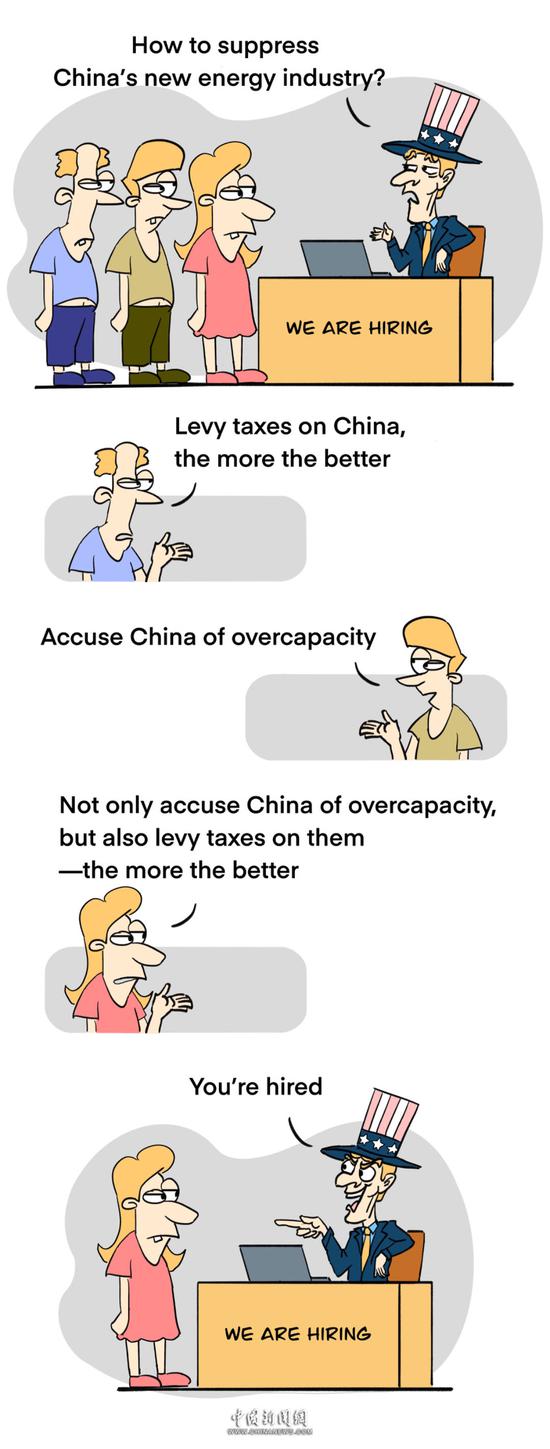
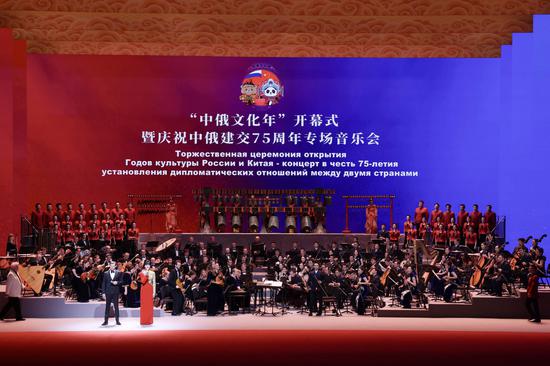


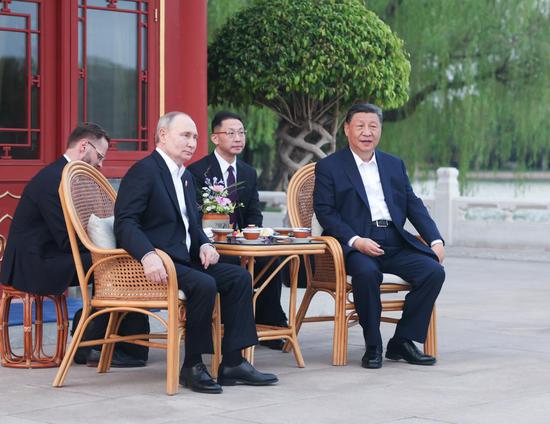
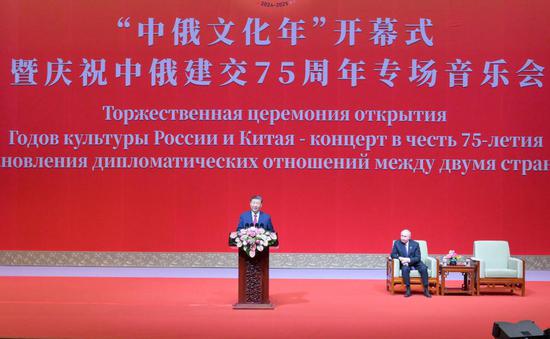
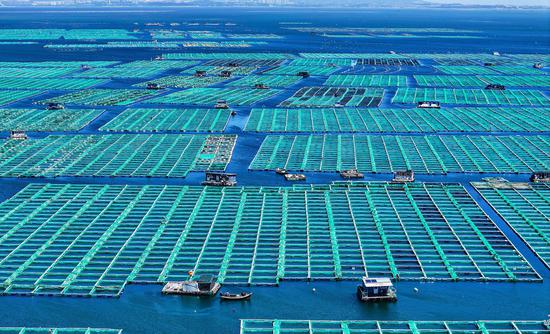



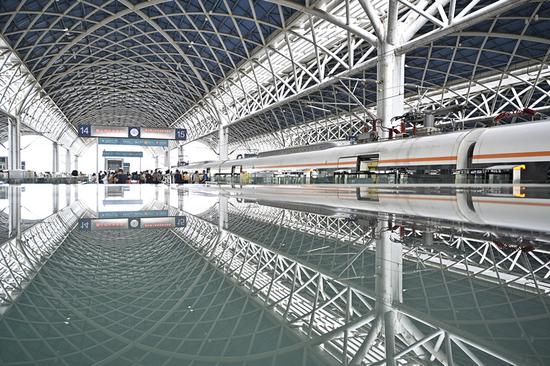


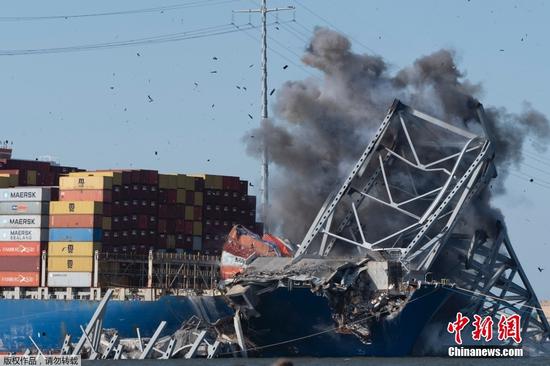


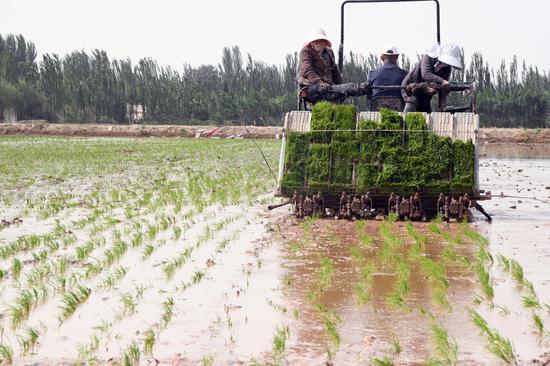




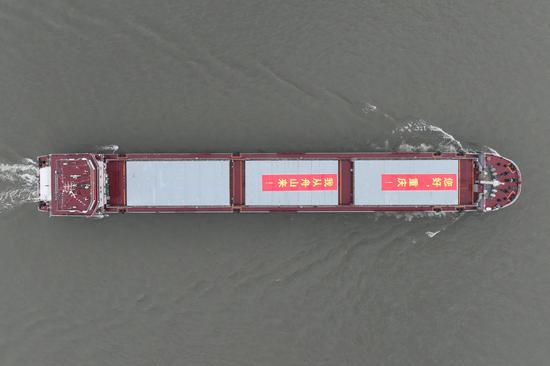

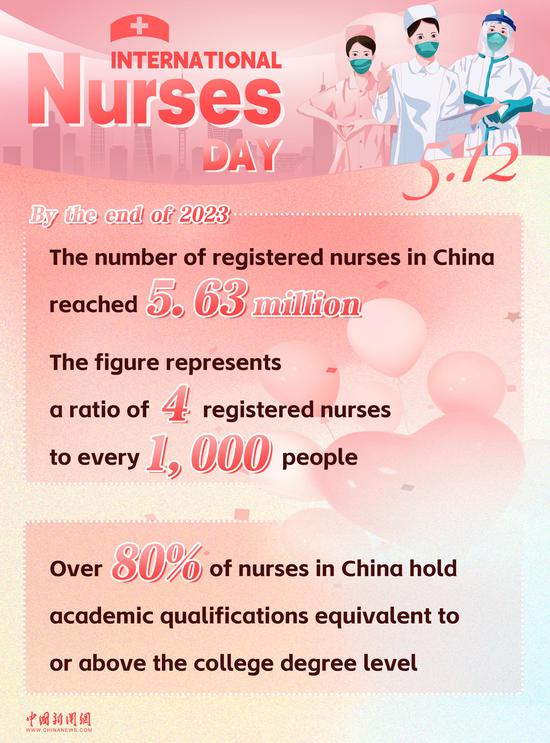

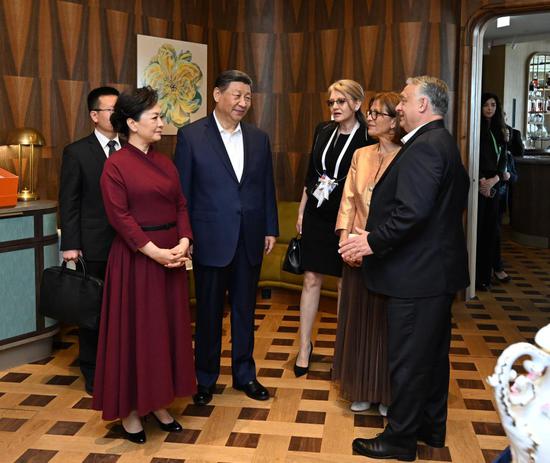
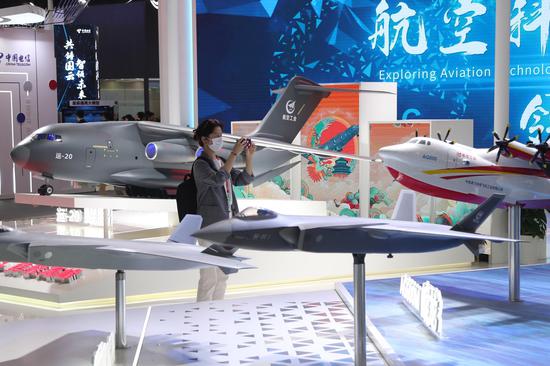
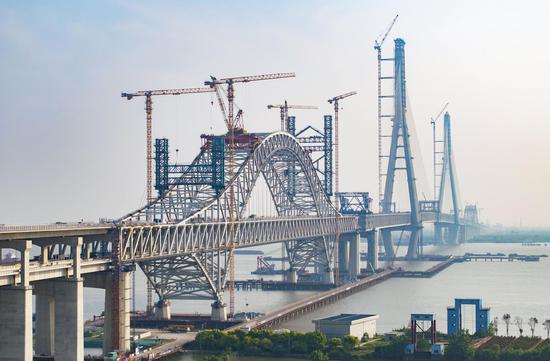

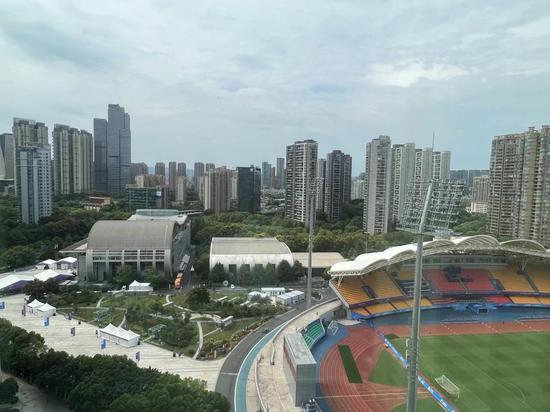
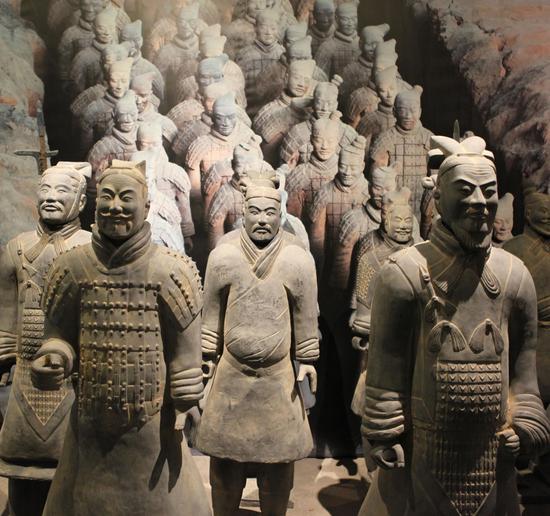


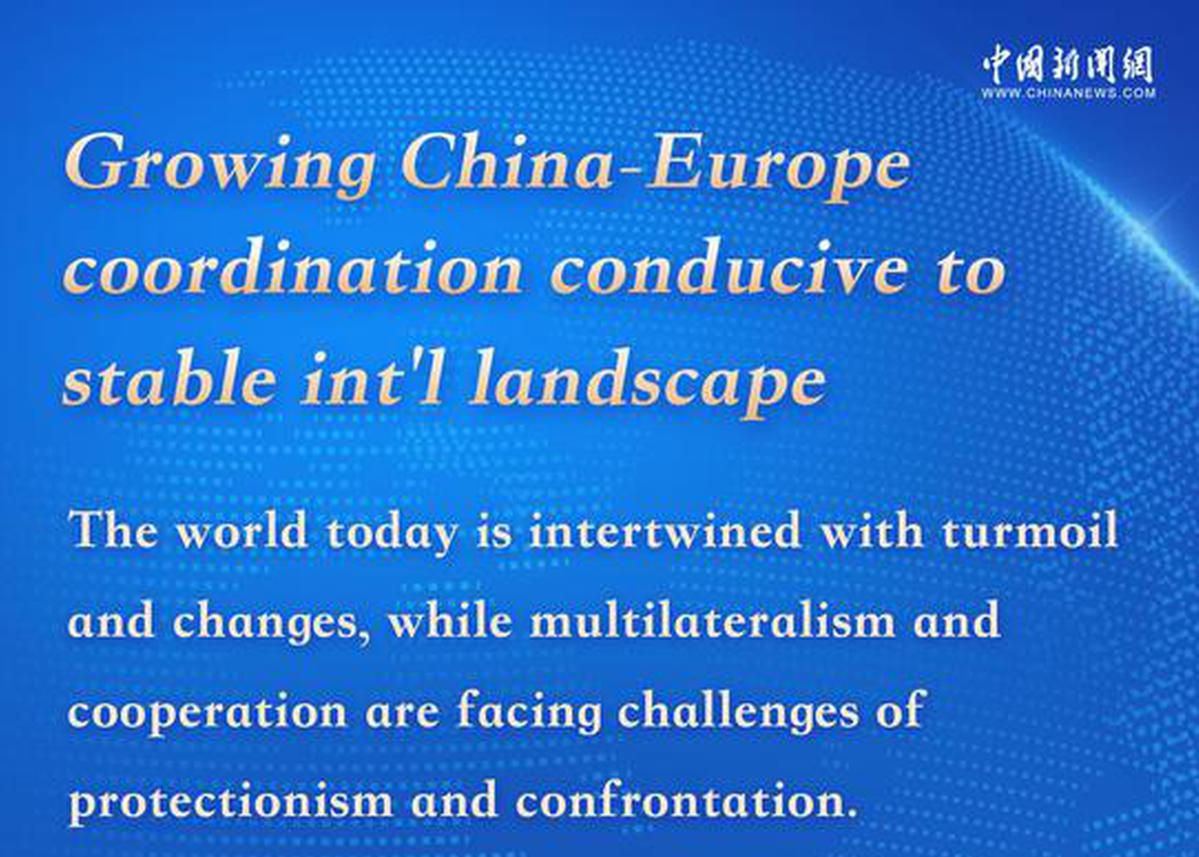
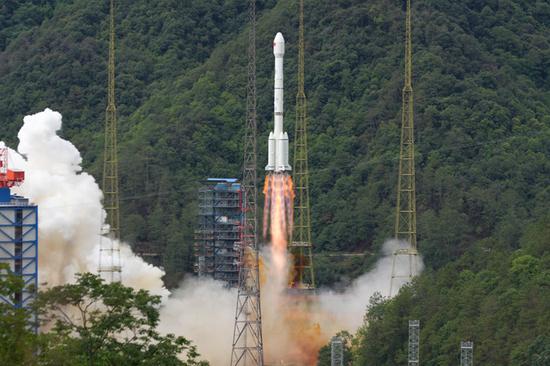

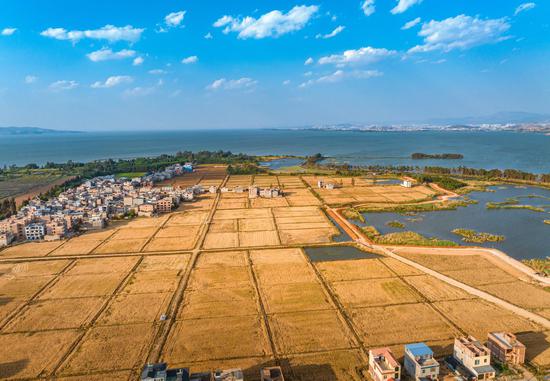





 京公网安备 11010202009201号
京公网安备 11010202009201号